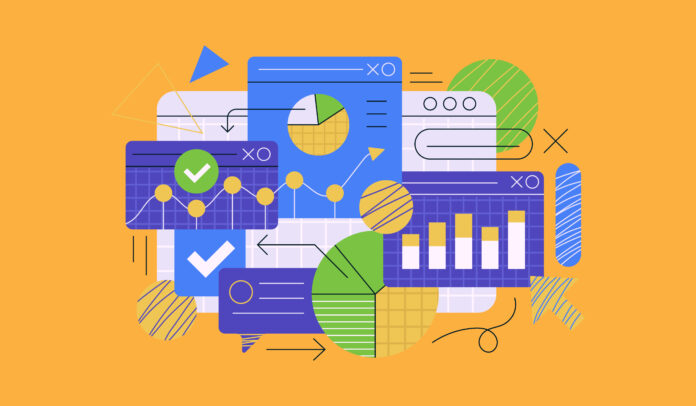Disadvantages of Spreadsheets vs. Advantages of FP&A Software

If you are still dealing with static spreadsheets, fragmented data sources, and manual data entry, your budgeting process is unquestionably outdated. And in today’s fast-paced, data-driven world, that spells trouble. Here are the harsh realities you can no longer ignore about outdated budgeting methods and why FP&A software is here to stay!
1. Disconnected Data Leads to Disconnected Decision-Making
With data siloed across multiple spreadsheets and systems, it’s impossible to get a holistic, up-to-date view of performance. Finance ends up maintaining multiple versions of the numbers, inevitably resulting in inconsistencies and flawed decision-making.
2. Manual Processes = Wasted Time and Costly Errors
Manually consolidating data across workbooks, checking formulas, and hunting down versioning issues is tedious, time-consuming, and error-prone. A shockingly high percentage of spreadsheets contain inaccuracies that can throw off your entire budget.
3. Static Budgets Become Obsolete Before
They have finished. However, by the time you compile a budget for all the various business units, it is already out of date. Moreover, the world moves too fast to rely on a static annual budget. Therefore, you need rolling forecasts and the ability to course-correct in real time.
4. Spreadsheets Discourage Collaboration and Accountability
They have finished. However, by the time you compile a budget for all the various business units, it is already out of date. Furthermore, the world moves too fast to rely on a static annual budget. Instead, you need rolling forecasts and the ability to course-correct in real time.
5. Number-Crunching Leaves No Room for Strategic Analysis
Your finance team’s limitless potential is squandered on grunt work—gathering data, ensuring integrity, and building reports. You have little bandwidth left for true value-add activities like forecasting, modeling, and advising leadership.
6. The Solution: Intelligent, Automated FP&A Software
Modern FP&A solutions were designed to solve these budgeting and planning woes. With a centralized data hub, automated workflows, and advanced analytics/modeling capabilities, they empower finance to escape tactics and embrace strategy.
7. Integrated Data Accelerates Decision-Making
By connecting CRM, ERP, HCM, and other data sources into a single solution, you eliminate fragmented data and conflicting numbers. Real-time dashboards provide an instant, holistic view of performance.
8. Automated Workflows Boost Accuracy and Efficiency
No more manually mapping accounts, validating formulas, or checking version control. Budgets are automatically loaded, consolidated, and updated across all departments with built-in accuracy and auditability.
9. Rolling Forecasts and Scenario Modeling Enhance Agility
With sophisticated statistical forecasting models and the ability to run unlimited scenarios, you can stay ahead of the curve. Model potential impacts, course-correct quickly, and plan for any eventuality.
10. Intuitive Collaboration and Transparent Accountability
With a single, centralised platform, everyone works on the same data set. Approval workflows, audit trails, and role-based access promote collaboration and accountability across functions.
11. Strategic Analytics Replaces Data Wrangling
Automated reporting, self-service analysis capabilities, and rich data visualization eliminate the drudgery of data prep and give you more time for high-value decision support.
Looking to learn more about FP&A Software?
STAQ.ai is a game-changer for businesses seeking the best FP&A software solutions. We take the guesswork out of the selection process, empowering organizations to identify and implement FP&A tools that align perfectly with their unique needs and objectives.



